



Depuis sa création en 2013, Sivienn explore la frontière entre les mathématiques théoriques et appliquées.
Depuis ces débuts, Sivienn propose des stratégies d'imagerie originales, selon une approche fondée sur les corrélations croisées et appliquée à des signaux de bruit enregistrés par des réseaux de capteurs passifs. Les techniques de Sivienn reposent sur les probabilités appliquées et rendent les résultats exploitables pour les signaux de bruit mesurés. Au cours de sa décennie d'expérience industrielle, le savoir-faire de Sivienn s'est étendu du contrôle non destructif à l'analyse du bruit neutronique, en passant par l'étude de l'environnement sonore sous la mer. Plus récemment, Sivienn s'est intéressé aux questions de mécaniques comme le flambement, le frottement et la fatigue.
Sivienn fait appel aux mathématiciens, physiciens et chimistes les plus pointus pour fournir des prestations, de la modélisation aux scripts et aux briques technologiques, spécifiquement adaptées à l'utilisation des données.
Qu'elles soient acoustiques, élastiques, ou électromagnétiques, les ondes peuvent être utilisées pour sonder un milieu inconnu et en extraire de l'information. Dans un premier temps, des ondes sont émises, notamment par des transducteurs en acoustique ou des antennes en électromagnétique, et les récepteurs les enregistrent. Dans un deuxième temps, les données enregistrées sont traitées dans le but de répondre à des questions spécifiques: localisation et/ou caractérisation de sources ou de réflecteurs.
Lorsque seuls des modèles directs grossiers et des données bruitées sont disponibles, le défi est d'estimer certaines parties de la structure inconnue. Il s'agit de détecter et de localiser les sources et les réflecteurs et si possible de reconstruire leurs formes et leurs caractéristiques.
Les chercheurs ont réussi une percée majeure au début des années 2000, en introduisant la méthode des corrélations croisées, qui ont contribué à une nouvelle approche en imagerie. Cette recherche est née des conséquences inattendues observées lors des expériences de retournement temporel. L'expérimentation dans ce domaine consistait à enregistrer des ondes par un réseau de récepteurs et à les renvoyer dans le milieu après retournement temporel, dans le but de focaliser les ondes sur les sources originales ou sur les réflecteurs. De manière inattendue, la refocalisation des ondes dans un milieu perturbé aléatoirement réussissait bien mieux que dans un milieu homogène.
En imagerie multi-statique, la question centrale porte sur la quantification et la compréhension des compromis entre tailles des données, complexité informatique, rapport signal sur bruit et résolution. L'arbitrage entre résolution et stabilité est critique quand les données sont bruitées. Le bruit peut apparaître sous différentes formes en imagerie multi-statique. Les récepteurs eux-même peuvent être responsables de bruit de mesure, ce qui signifie que les données enregistrées sont corrompues par un bruit ajouté et non corrélé. Ce type de bruit est bien compris et peut-être réduit par des méthodes d'imagerie classique, comme l'imagerie des moindres carrés (ou l'inversion de forme d'onde complète), la migration par retournement temporel ou la migration par temps de trajet.
Le milieu lui-même peut être responsable du bruit. En effet, le milieu de propagation peut être hétérogène. Dans ce cas, la diffusion des ondes produit du bruit de milieu dans les données. Le bruit provoqué par le milieu a une structure très différente par comparaison au bruit de mesure, en raison de ses propriétés de corrélation non triviales. Sivienn analyse alors les corrélations des signaux enregistrés qui apportent des informations sur le milieu.
Enfin, les sources peuvent être responsables de bruit. Elles peuvent être imparfaitement contrôlées. Cependant, les sources de bruit incontrôlées, ou même les sources de bruit ambiant, peuvent créerdes ondes qui donnent des informations sur le milieu à travers leurs corrélations. L'approche originale de Sivienn consiste à analyser les corrélations des signaux enregistrés et à extraire l'information qu'elles contiennent.
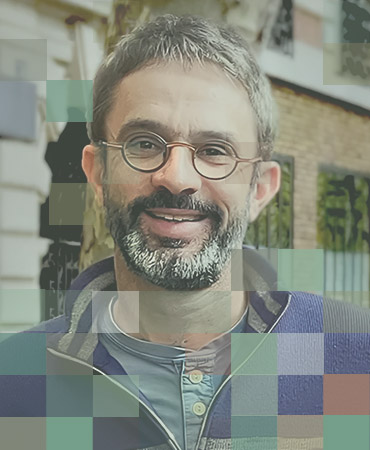
Chercheur
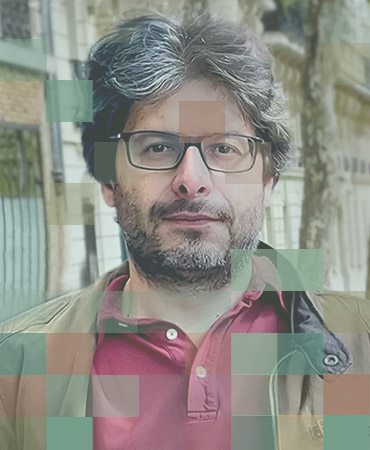
Chercheur
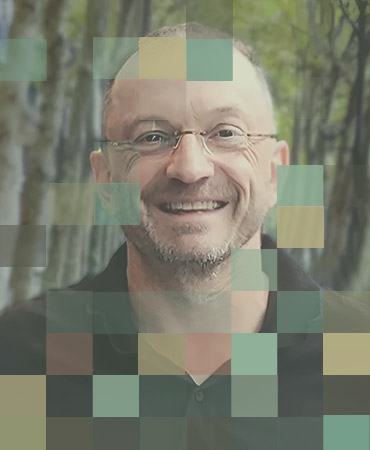
Président
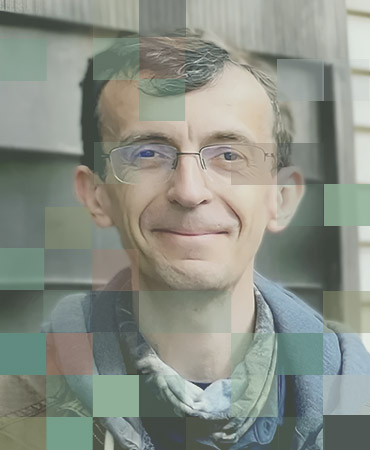
Directeur recherche
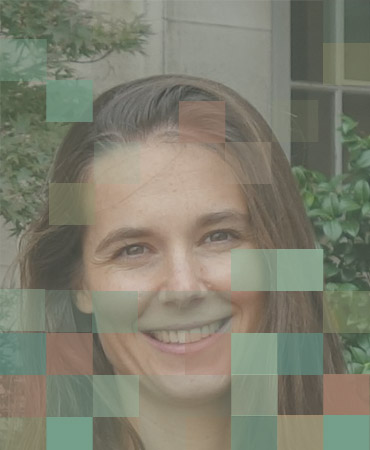
Chercheur

Chercheur
Pour développer et mettre en place les techniques d'imagerie et de traitement du signal originales qu'elle élabore depuis huit ans, Sivienn recherche des mathématiciens appliqués qui cherchent à entretenir et développer leurs talents de mathématiciens.
Les techniques par corrélations croisées ont été originellement proposées et développées dans le cadre de la séismologie. Elles ont permis des progrès majeurs concernant la présence d'un milieu hétérogène complexe et l'utilisation de sources mal ou non contrôlées, voire de sources de bruit ambiant. Le but de Sivienn est d'étendre ces idées à d'autres domaines. Les premiers travaux de Sivienn ont porté avec succès sur la surveillance de structures (ponts, notamment) par des capteurs passifs pour la détection d'anomalies, sur le contrôle non destructif par ultrasons dans des milieux complexes (béton), ou sur la surveillance des modes vibratoires des assemblages d'uranium dans les cœurs de réacteurs par des mesures de flux neutroniques. Des nouveaux domaines d'application ont émergé en acoustique sous-marine notamment.
C'est pour appliquer ces techniques à de nouvelles applications que Sivienn recrute des chercheurs à temps plein, avec un profil de docteur ou de post-doctorant en mathématiques app., avec des compétences en probabilités/statistique et/ou en traitement du signal et familier du langage Python.